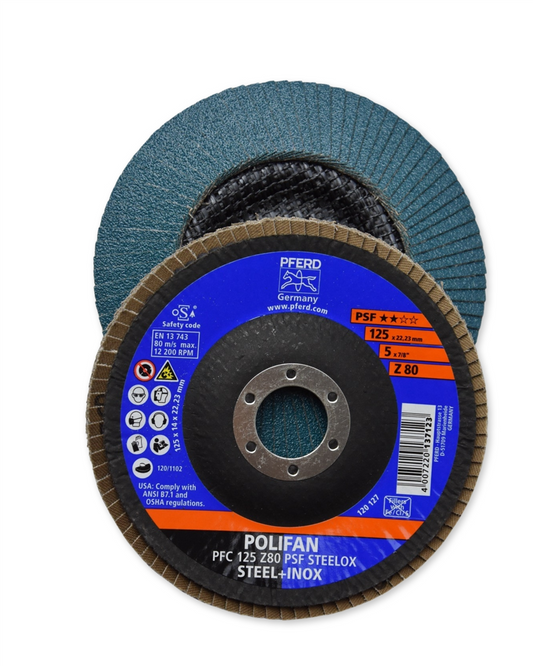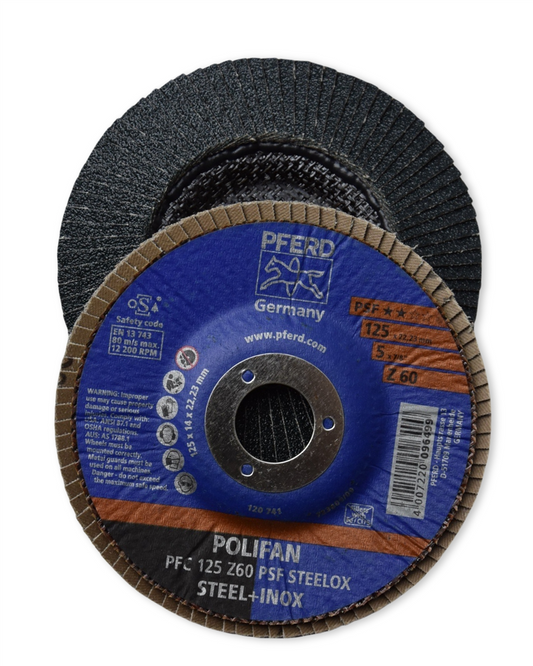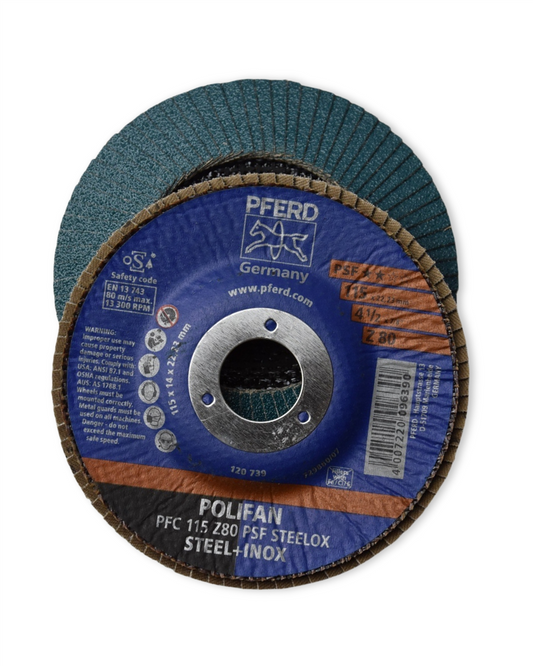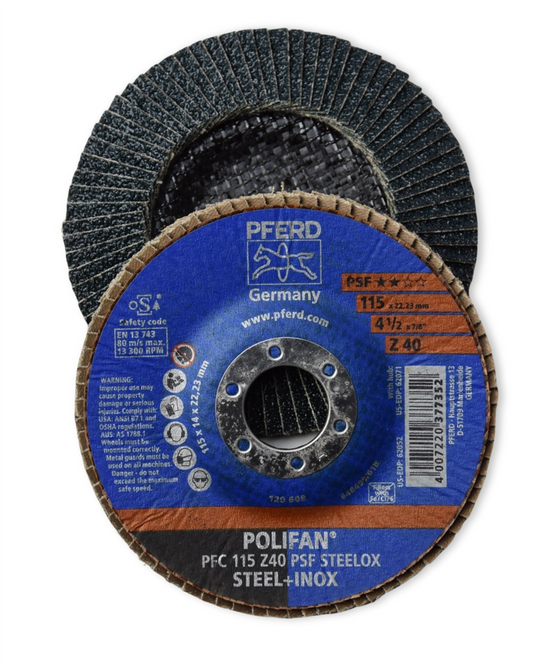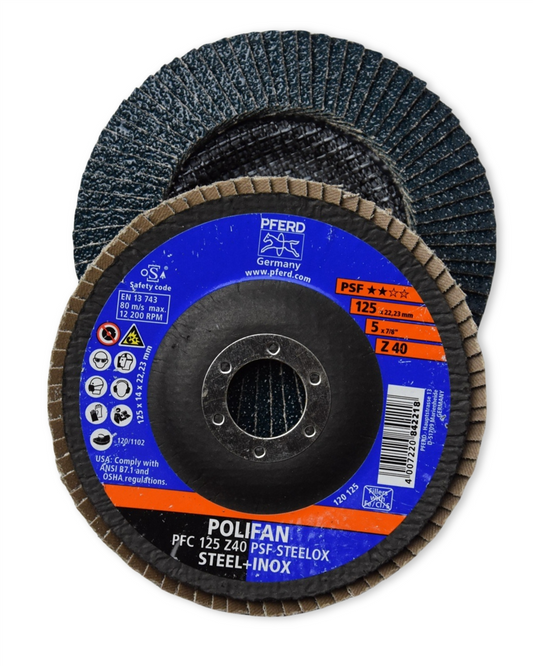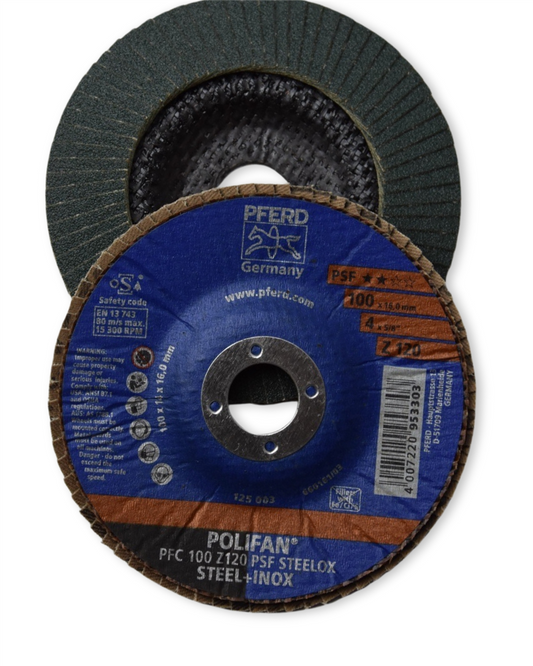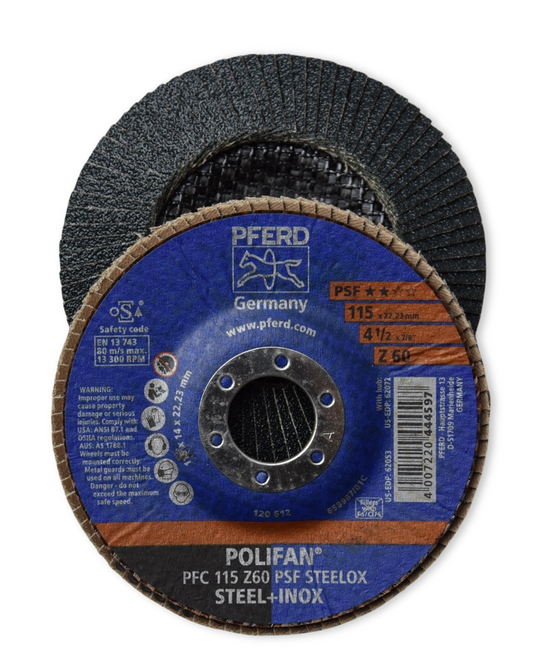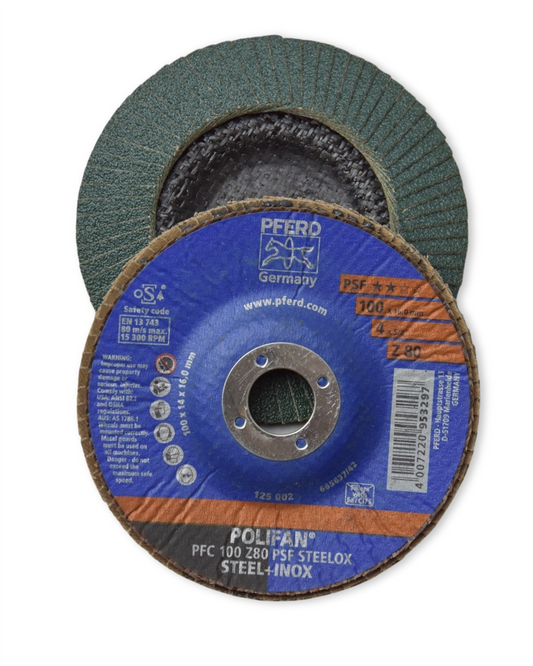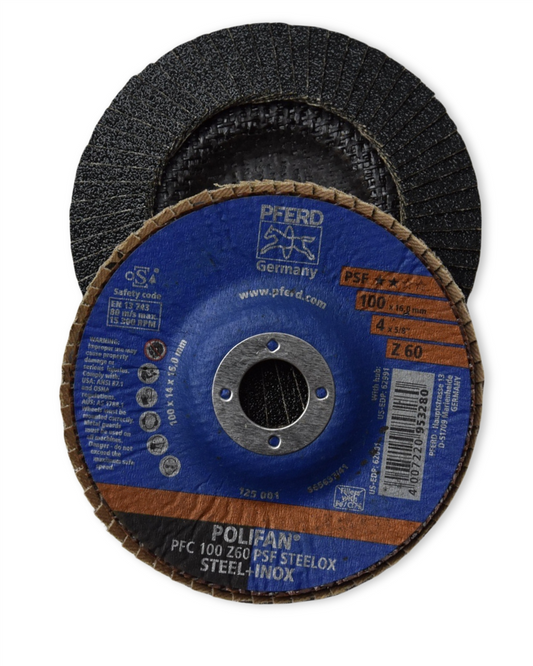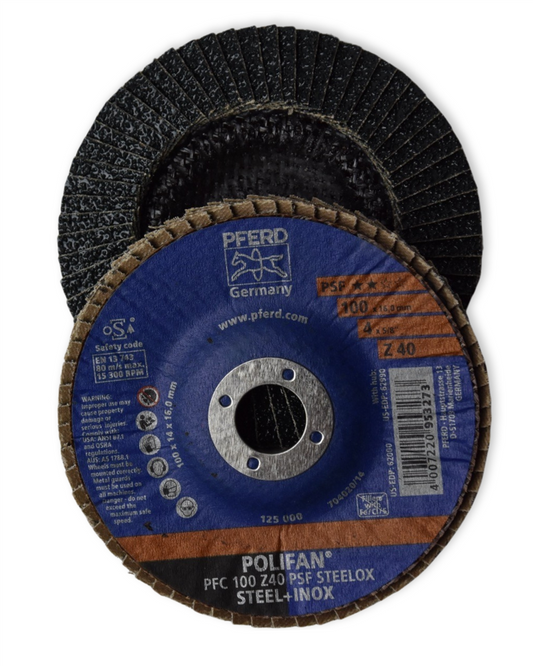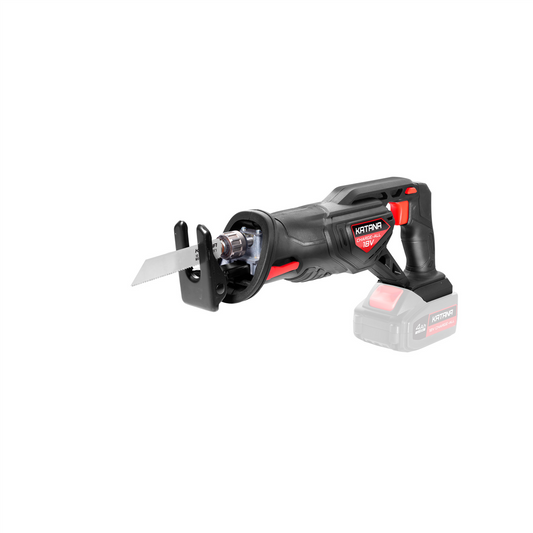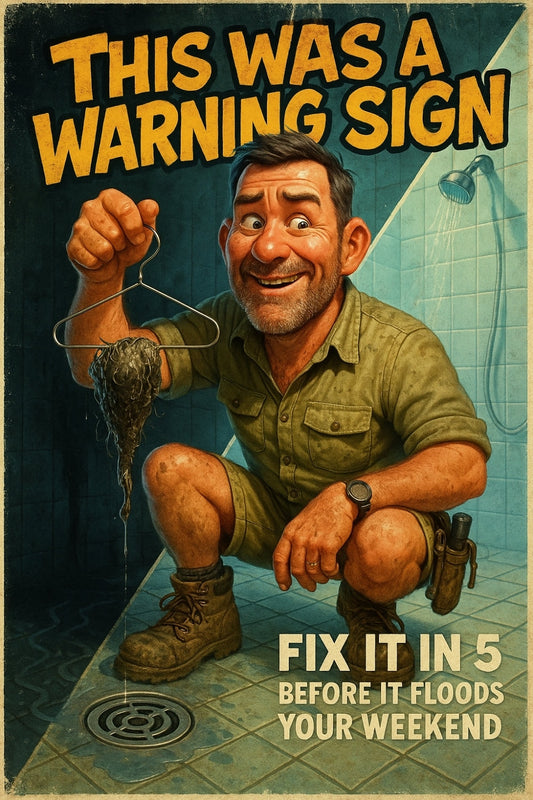How to Touch Up Wall Paint for a Flawless Finish
Share
Simple Steps to Touch Up Wall Paint Like a Pro
Ever stared at a scuff mark on your wall and thought, “How did that get there?” Life happens—bags bump against walls, kids test their artistic skills where they shouldn’t, and furniture gets shuffled around, leaving mysterious dings and scrapes. But don’t worry! You don’t need to repaint the entire wall to make it look fresh again. With the right approach, a little touch-up can blend seamlessly, saving you time and energy.
Gather Your Tools and Supplies
Before jumping in, make sure you have everything you need. A well-prepared painter is a happy painter!
- Paint: Use the original paint if you have it. If not, take a sample to the hardware store for a precise match.
- Small Paintbrush or Sponge: A good-quality brush or sponge will help create an even finish.
- Painter’s Tape: To protect untouched areas.
- Fine Sandpaper or a Dry Sponge: To smooth out rough patches.
- Clean Cloth and Mild Soap: To remove dust, dirt, or grease before painting.
Prep Like a Pro
No one likes a bumpy finish! Before painting, clean the area with a damp cloth and mild soap to remove grime. Once dry, use fine sandpaper or a dry sponge to smooth out rough edges, ensuring the fresh paint adheres properly. If the damage is deeper, apply a small amount of filler and let it dry before sanding.
Blend It in Perfectly
Now comes the fun part—painting! Dip your brush lightly and apply thin coats rather than one heavy layer. Light, dabbing strokes work best for small patches, helping to blend the edges smoothly. If you're covering a larger area, feather the edges by spreading the paint slightly beyond the damaged spot.
Let It Dry and Check Your Work
Patience is key! Let the first coat dry completely before deciding if it needs another layer. Sometimes paint looks patchy when wet but evens out once dry. If needed, add one more light coat, following the same blending technique.
Bonus Tip: Avoid the "Touch-Up Patch" Look
Ever noticed how some touch-ups stand out? That’s usually because of paint sheen differences. If your touch-up appears shinier or duller than the rest of the wall, gently dab a clean sponge over the painted area to blend it in. If the mismatch is still obvious, lightly roll over the entire section with a mini roller for a uniform look.
Keep Leftover Paint Handy
Once finished, store your remaining paint in a cool, dry place. Label it with the colour code, room name, and date so future touch-ups are a breeze.
Your Walls, Good as New!
A few scuffs and scratches don’t have to ruin the look of your home. With these simple steps, your walls will be looking fresh again in no time—without the hassle of repainting an entire room. Got questions or need the perfect paint match? Drop by Strathalbyn H Hardware, and we’ll get you sorted with expert advice and the right supplies.
Happy painting!
Candeece

Stay Connected
Follow our Facebook Page: Strathalbyn H Hardware on Facebook

